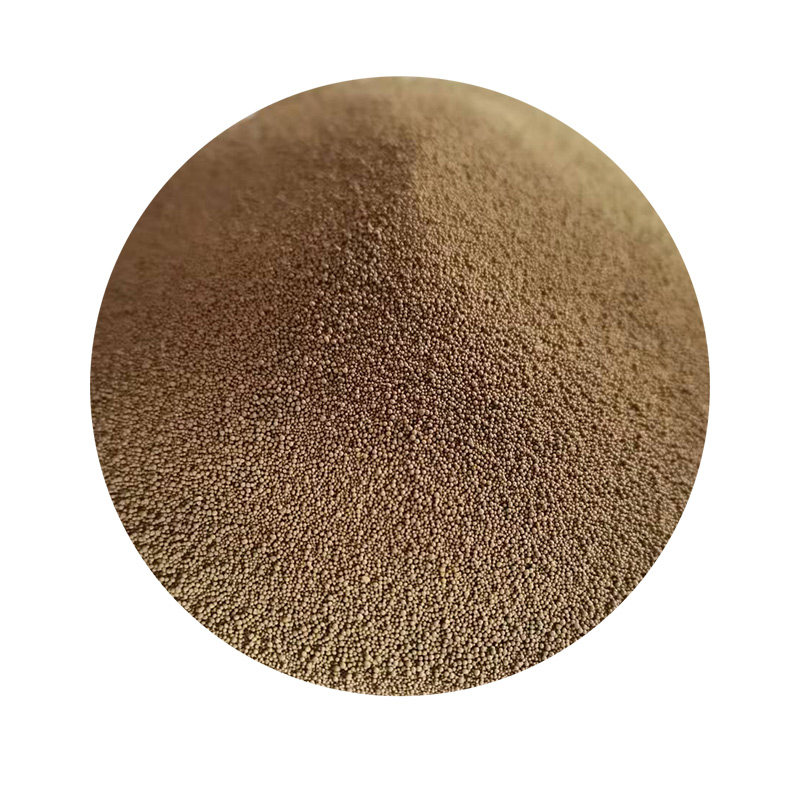The Sand Casting Manufacturing Process An Overview
Sand casting is one of the oldest and most versatile metal casting processes, known for its ability to produce complex parts. This process is fundamental in manufacturing various metal products across different industries, including automotive, aerospace, and heavy machinery. This article explores the sand casting manufacturing process, highlighting its steps, advantages, and applications.
What is Sand Casting?
Sand casting involves creating a mold from sand, into which molten metal is poured to create a desired shape. The mold is formed from two halves, typically made of a mixture of sand, clay, and water, which can easily be shaped to accommodate intricate designs. The flexibility of the materials allows for a high degree of precision, which is one reason this process remains popular today.
The Sand Casting Process
1. Pattern Making The first step in sand casting is creating a pattern of the object to be manufactured. This pattern is usually crafted from materials such as metal, wood, or plastic and is designed to be slightly larger than the final product to account for shrinkage during cooling.
2. Mold Preparation Once the pattern is created, it is pressed into the sand mixture to form the mold cavity. The sand is often coated with a binding agent to help it hold its shape. The two halves of the mold — the cope (top half) and the drag (bottom half) — are prepared to allow for easy assembly and disassembly.
3. Core Making For hollow parts, a core made from sand is positioned within the mold cavity. The core allows for the creation of internal features in the casting, further expanding the design possibilities.
4. Assembly of Molds After preparing both halves of the mold, they are assembled, and any gating system for pouring the molten metal is integrated. Gating systems comprise channels that guide the molten metal into the mold cavity efficiently.
5. Melting and Pouring The metal is then melted in a furnace at high temperatures, depending on the type of metal being used (e.g., aluminum, iron, or bronze). Once molten, the metal is poured into the mold through the gating system.
sand casting manufacturing process

6. Cooling and Solidification After pouring, the metal begins to cool and solidify. The cooling time may vary based on the metal type and the thickness of the casting. It is essential to allow sufficient time for solidification to avoid defects.
7. Mold Removal Once the metal has cooled and solidified, the sand mold is removed. This is done carefully to prevent damage to the casting. The sand can often be reused after being cleaned.
8. Finishing The final step involves cleaning the casting, removing any excess material, and performing any necessary machining. Processes like grinding, polishing, or coating can be applied to achieve the desired surface finish and dimensions.
Advantages of Sand Casting
One of the key advantages of sand casting is its versatility. It can produce castings of various sizes and shapes, from small components to large industrial parts. Additionally, the low cost of materials and molds allows for economical production, especially for low to medium production runs. Sand casting also has the ability to work with a wide range of metals, making it suitable for diverse applications.
Applications of Sand Casting
Sand casting is extensively used in many industries. The automotive sector relies on sand casting for engine blocks, transmission cases, and other critical components. In aerospace, parts such as brackets and housings also benefit from this manufacturing process. Additionally, sand casting finds its way into the production of artistic sculptures and architectural elements, showcasing its adaptability.
Conclusion
In conclusion, sand casting remains a vital manufacturing process celebrated for its ability to create complex, versatile parts at a relatively low cost. Its application across various industries underscores its significance in modern manufacturing, bridging the gap between traditional techniques and contemporary design requirements. As manufacturing technologies continue to evolve, sand casting will undoubtedly retain its place as a cornerstone of metallurgical fabrication.
Post time:Lis . 08, 2024 13:48
Next:Understanding the Process and Benefits of Sand Casting in Metalworking
